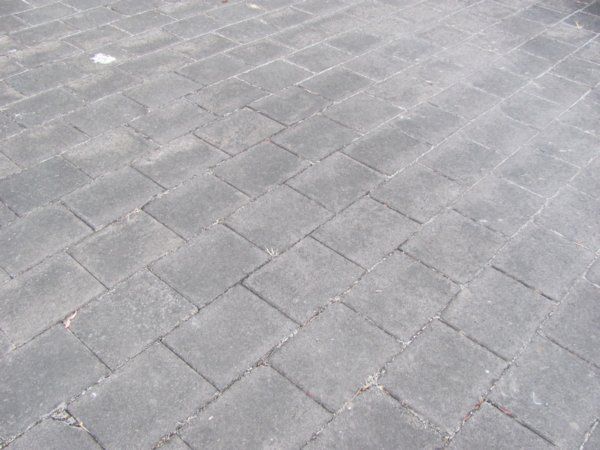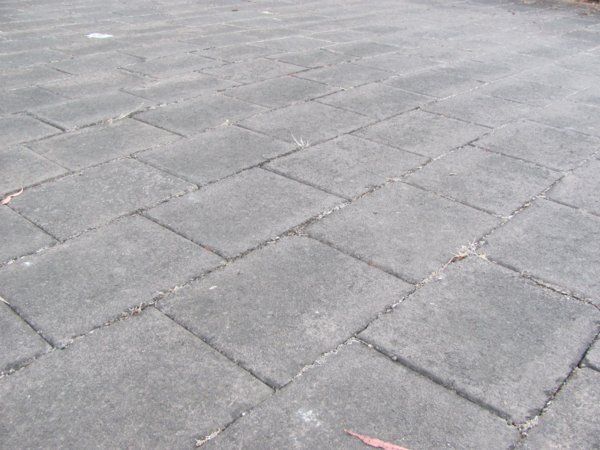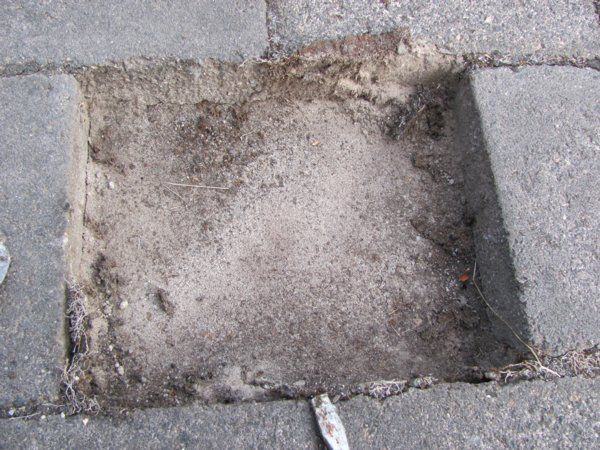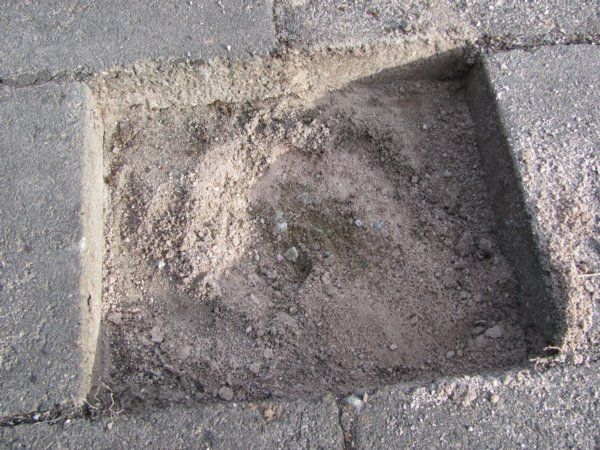Posted: Thu Feb 23, 2017 9:56 am
Two years ago, we moved house. The place has over 260m2 of paved driveway, with a turning circle, put in about 20 years ago. When we arrived, many of the pavers around the turning circle were very loose and wobbly.
We had the pavers re-laid in the worst area, but they never bedded in properly. The sand disappeared from between the pavers within a couple of days. Brushing more sand in just caused a repeat of the problem and many of the pavers now rock from side to side when stood on. The guy who re-laid the pavers thought the problem may have been poor drainage, since we have clay soil, but he noted that it seemed odd, given that the site has a natural slope for water to run off.
We are now getting quotes to completely re-do the whole drive, using interlocking 50mm thick pavers. The paving guy who we are most likely going to get to do the job took the time to dig down under the pavers and found that in the spot he excavated in, there is only 100mm of sub-base and that the base seems to be in good condition. He thinks it should have been made 150mm - 200mm thick and that this may explain the ongoing problems.
He proposes scraping back the bedding sand, then adding an extra 50mm of sub-base on top, before laying the new interlocking pavers.
Does this sound like a reasonable approach and one that's likely to give a stable driveway that won't disintegrate?
Here are a couple of photos:


We had the pavers re-laid in the worst area, but they never bedded in properly. The sand disappeared from between the pavers within a couple of days. Brushing more sand in just caused a repeat of the problem and many of the pavers now rock from side to side when stood on. The guy who re-laid the pavers thought the problem may have been poor drainage, since we have clay soil, but he noted that it seemed odd, given that the site has a natural slope for water to run off.
We are now getting quotes to completely re-do the whole drive, using interlocking 50mm thick pavers. The paving guy who we are most likely going to get to do the job took the time to dig down under the pavers and found that in the spot he excavated in, there is only 100mm of sub-base and that the base seems to be in good condition. He thinks it should have been made 150mm - 200mm thick and that this may explain the ongoing problems.
He proposes scraping back the bedding sand, then adding an extra 50mm of sub-base on top, before laying the new interlocking pavers.
Does this sound like a reasonable approach and one that's likely to give a stable driveway that won't disintegrate?
Here are a couple of photos:



